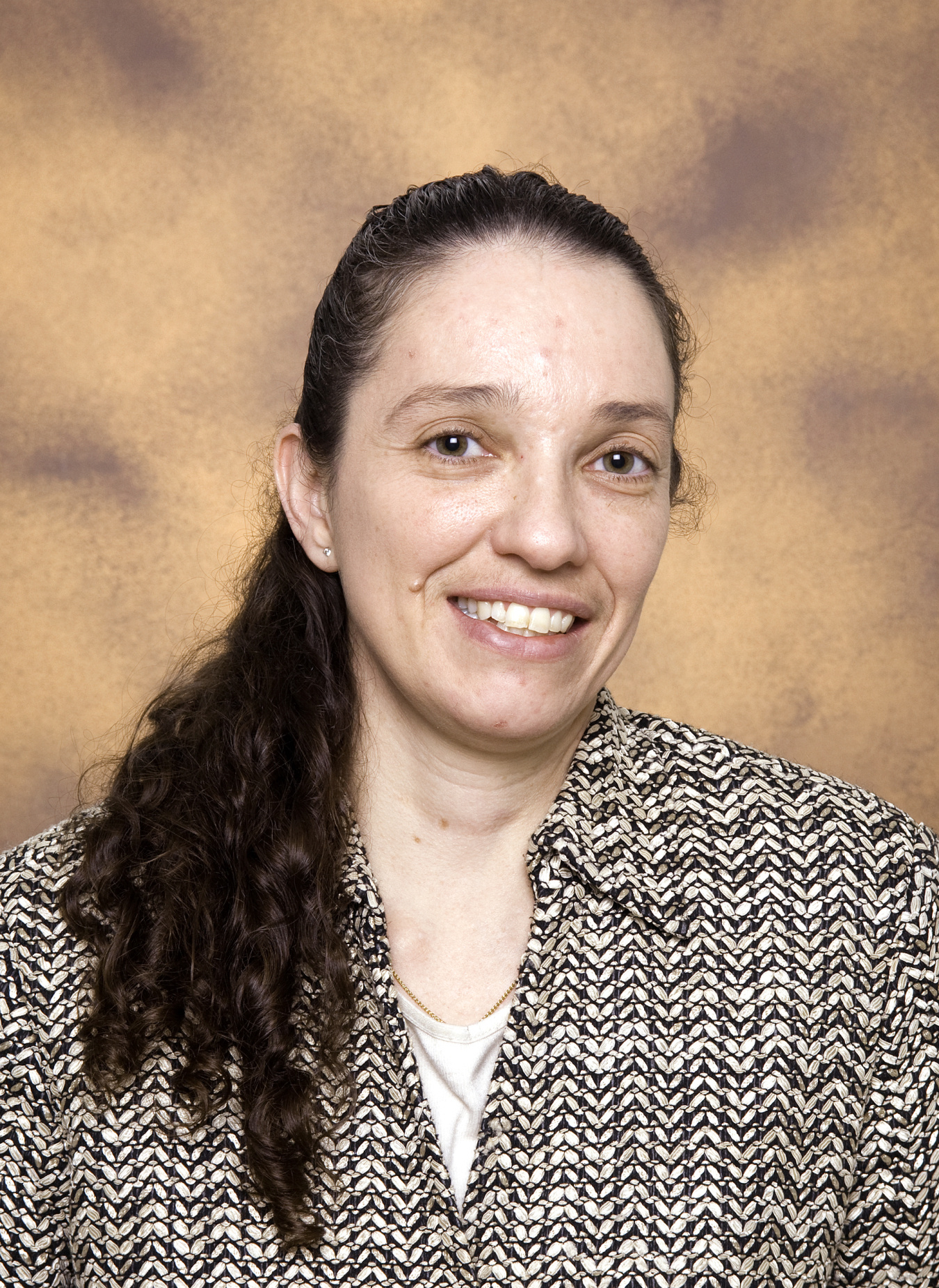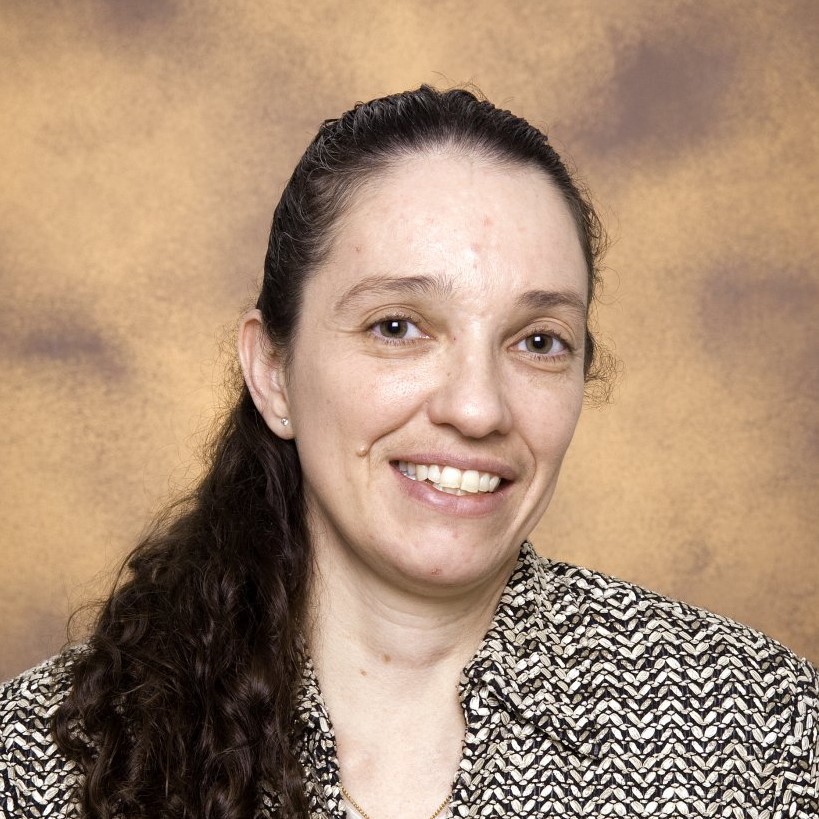OE Announces Investment in New Research to Improve Grid Reliability and Resilience through the Expanded Use of Distributed Energy Resources
June 13, 2017
The United States at night. | Photo courtesy of NASA's Goddard Space Flight Center.
I am pleased to announce that, as part of the Energy Department’s commitment to a reliable and resilient power grid, the Office of Electricity Delivery and Energy Reliability is investing nearly $10 million in early stage research intended to help utilities make more informed decisions about – and expand the deployment of – distributed energy resources (DERs) such as solar photovoltaics, combustion engines, and energy storage systems onto the grid.
This funding will empower research organizations and academic institutions in California, Georgia, Illinois, Iowa, Texas, and Washington State to develop new technologies and strategies needed for operations and planning associated with the deployment of DERs. DERs are becoming an increasingly important part of America’s energy mix, and improved sensing and monitoring and modeling will be critical to integrating them into the grid.
This investment is part of the Energy Department’s Grid Modernization Initiative (GMI), a comprehensive effort to help shape the future of our nation’s grid and solve the challenges of integrating conventional and renewable sources with energy storage and smart buildings, while ensuring that the grid is resilient and secure to withstand growing challenges such as the cybersecurity threat.
The integration of distributed energy resources such as solar photovoltaics, combustion engines, and energy storage systems (DERs) offers important benefits, including energy and economic savings, reduced system losses, improved resilience and power quality, and greater customer participation. The existing grid, however, was not designed to coordinate and safely manage large numbers of DERs. Traditional utility data acquisition and monitoring systems are ill-equipped to gain real-time visibility of DERs because these systems typically do not extend beyond substations, are unable to acquire measurements on DER performance, and were not designed to handle real-time processing of large volumes of data. Thus, improved sensing, monitoring, and modeling are vital.
The seven projects selected for awards are outlined below. Final award amounts are subject to negotiation. The first group of projects will focus on developing low-cost, easily installed, reliable, low-maintenance sensors that consume little power. The sensors must provide a variety of measurements for enhanced monitoring and control of DERs, support many commonly used data and communication protocols, and accommodate multiple utility functions. The second group of projects will develop advanced modeling, data analytic, visualization, and computational approaches. Models complement sensor measurements by turning the data into actionable information, providing operational context, and serving as a platform for assessing control options.
Sensors
Recipient: Palo Alto Research Center
Project Title: TRANSENSOR: Transformer Real-time Assessment INtelligent System with Embedded Network of Sensors and Optical Readout
Project Partners: Consolidated Edison Co. of New York; General Electric Grid Solutions
Location: Palo Alto, CA
Palo Alto Research Center (PARC) will develop, prototype, and demonstrate TRANSENSOR, an innovative, low-cost optically-based monitoring system that will increase the capacity of grid infrastructure to accommodate accelerating the integration of DER.
DOE Funds: $1,499,956
Cost Share: $621,215
Total Project Value: $2,121,171
Recipient: Georgia Tech Research Corporation
Project Title: Sensing Electrical Networks Securely and Economically (SENSE)
Project Partners: Oak Ridge National Laboratory; Southern Company
Location: Atlanta, GA
Georgia Tech Research Corp. will develop and demonstrate a low-cost sensor network for monitoring the health of distribution transformers. The sensors will be capable of measuring voltage, current and temperature. This technology will be able to be used with capacitor banks, reclosers and fuses.
DOE Funds: $1,415,718
Cost Share: $457,694
Total Project Value: $1,872,872
Recipient: Commonwealth Edison Company
Project Title: Sensors with Intelligent Measurement Platform and Low-cost Equipment (SIMPLE™) for Monitoring and Control of Medium Voltage Distribution Systems with High Penetration of Intermittent Distributed Energy Resources
Project Partners: Quanta Technology; University of Denver; San Diego Gas & Electric
Location: Chicago, Illinois
COMED will develop voltage/current sensors with enhanced accuracy, bandwidth and harmonic range and high measurement granularity for medium voltage distribution system monitoring, protection and controls. This technology will be well suited for applications such as voltage sensing and regulation, frequency support, fault detection and location, distribution system state estimation, and electrical distribution network topology processing.
DOE Funds: $1,500,000
Cost Share: $750,000
Total Project Value: $2,250,000
Recipient: The University of Texas at Austin
Project Title: Advanced Intelligent Sensor Development and Demonstration for Future Distribution Systems with High Penetration DERs
Project Partners: Argonne National Laboratory; Verivolt; National Instruments; Pedernales Electric Cooperative
Location: Austin, Texas
The University of Texas at Austin will leverage existing and emerging sensor measurements to enhance data-driven observability and develop robust estimation and identification techniques to enable real-time grid-wise monitoring and modeling of loads and distributed energy resources (DERs).
DOE Funds: $1,465,584
Cost Share: $635,116
Total Project Value: $2,100,700
Advanced Grid Modeling
Recipient: Iowa State University of Science & Technology
Project Title: Robust Real-Time Modeling of Distribution Systems with Data-Driven Grid-Wise Observability
Project Partners: Argonne National Laboratory; Electric Power Research Center; SIEMENS Industry; Maquoketa Valley Electric Cooperative; Alliant Energy; Cedar Falls Utilities
Location: Ames, Iowa
Iowa State University of Science & Technology will leverage existing and emerging sensor measurements to enhance data-driven observability and develop robust state estimation and parameter identification techniques to enable real-time grid-wise monitoring and modeling of loads and distributed energy resources (DERs). The developed models will be validated using practical MicroPMU, SCADA, and smart meter data provided by utility partners, and integrated with PSS®SINCAL. The project will produce a holistic framework with: data-driven and machine learning-based grid-edge visibility enhancement; robust branch-current-based state estimation (BCSE); and robust real-time steady-state and dynamic-state modeling of loads and DERs using streaming data.
DOE Funds: $1,410,696
Cost Share: $353,307
Total Project Value: $1,764,003
Recipient: Iowa State University of Science & Technology
Project Title: Sensor Enabled Data Driven Predictive Analytics for Modeling and Control with High Penetration of DERs in Distribution Systems
Project Partners: National Renewable Energy Laboratory; Commonwealth Edison Company; Alliant Energy; Siemens; PJM
Location: Ames, Iowa
Iowa State University of Science & Technology Iowa State University of Science & Technology will use the large volume and variety of sensor data available from the distribution networks of their partner utilities to develop effective reduced order system models that will provide useful insights into the distribution system and help transition from data to decision. The data-driven reduced order system modeling and parameter estimation will explicitly account for the dynamic nature of power systems. The resulting advanced models will be of higher fidelity and address the reliability and control challenges that arise in the integration of intermittent and variable DERs, even at penetration levels of more than 50% of the feeder peak load.
DOE Funds: $1,200,000
Cost Share: $300,000
Total Project Value: $1,500,000
Recipient: Washington State University
Project Title: AGGREGATE: Data-driven Modeling Preserving Controllable DER for Outage Management and Resiliency
Project Partners: Massachusetts Institute of Technology; Argonne National Laboratory; Seattle City Light; GE Grid Solutions; Commonwealth Edison
Location: Pullman, Washington
Washington State University will develop innovative data-driven models for loads and DERs using dominant parameter methods, while including variability. A decentralized approach to a real-time distribution model will be updated using distributed computing and edge-analytics to improve the observability of the distribution system. Composite load models for a combination of static, dynamic (induction motors), and aggregated DERs will be integrated with a reduced order quasi-static transmission-distribution model while preserving controllable DERs.
DOE Funds: $1,500,000
Cost Share: $791,418
Total Project Value: $2,291,418
Patricia A. Hoffman

Acting Assistant Secretary, Principal Deputy Assistant Secretary, Office of Electricity
Former Principal Deputy Assistant Secretary for the Office of Electricity (OE) at the U.S. Department of Energy (DOE), Ms. Patricia A. Hoffman also served as Acting Under Secretary for Science and Energy from January 2017 until November 2017 when the U.S. Senate confirmed Mark Menezes as Under Secretary of Energy. Ms. Hoffman served as Acting Assistant Secretary for OE from January 2017 until October 2017 when the OE Assistant Secretary was confirmed by the U.S. Senate.
Ms. Hoffman was named Assistant Secretary for OE from June 2010 to January 2017, after serving as Principal Deputy Assistant Secretary since November 2007. The focus of her responsibility was to provide leadership on a national level to modernize the electric grid, enhance the security and reliability of the energy infrastructure and facilitate recovery from disruptions to the energy supply both domestically and internationally. This is critical to meeting the Nation’s growing demand for reliable electricity by overcoming the challenges of our Nation’s aging electricity transmission and distribution system and addressing the vulnerabilities in our energy supply chain.
Prior to her this position, Ms. Hoffman served in a dual capacity as Deputy Assistant Secretary (DAS) for Research and Development (R&D) and Chief Operating Officer (COO) within OE. During her tenure as the DAS for R&D, she developed the long-term research strategy and improved the management portfolio of research programs for modernizing and improving the resiliency of the electric grid. This included developing and implementing sensors and operational tools for wide-area monitoring, energy storage research and demonstration, and the development of advanced conductors to increase the capacity and flexibility of the grid. She also initiated a new research effort focused on integrating and distributing renewable energy through the electric grid, such as promoting plug-in hybrid electric vehicles and implementing smart grid technologies to maintain system reliability. As COO, she managed the OE business operations, including human resources, budget development, financial execution, and performance management.
Prior to joining OE, she was the Program Manager for the Federal Energy Management Program within the Office of Energy Efficiency and Renewable Energy at DOE. This program guides the Federal government to “lead by example” promoting energy efficiency, renewable energy, and smart energy management. Complementing her building energy efficiency experience, she also was the Program Manager for the Distributed Energy Program, which conducted research on advanced natural gas power generation and combined heat and power systems. Her accomplishments included the successful completion of the Advanced Turbine System program resulting in a high-efficiency industrial gas turbine power generation product.
Ms. Hoffman holds a Bachelor of Science and a Master of Science in Ceramic Science and Engineering from Pennsylvania State University.


